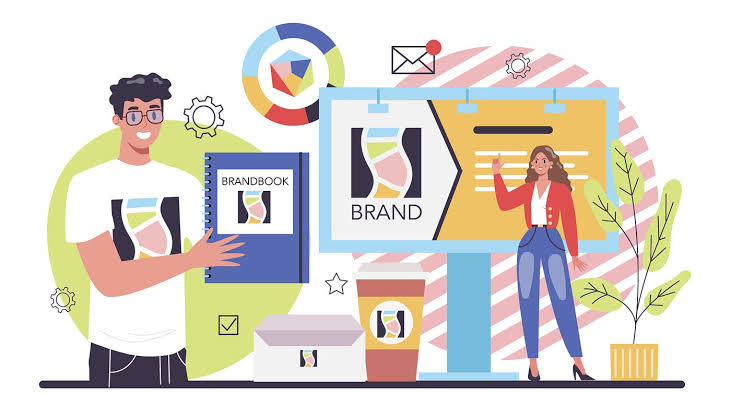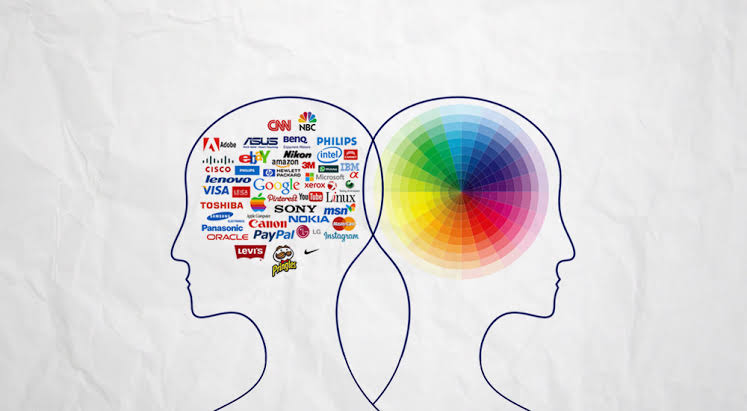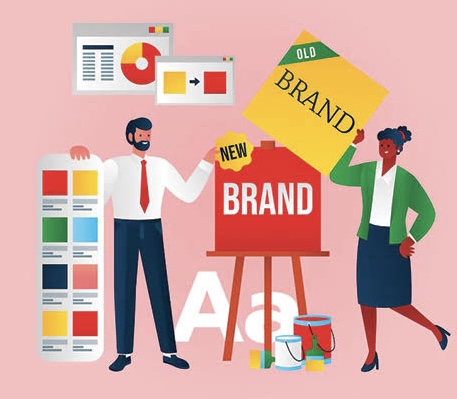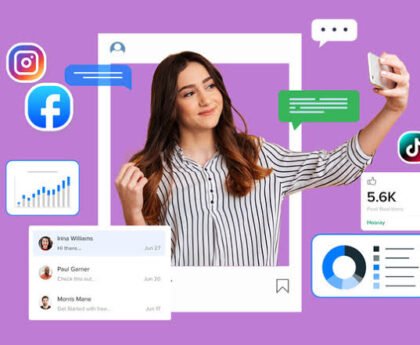
Color Psychology In Branding: The Hidden Force Behind Web Design Success
Discover how color psychology in branding & web design transforms user behavior. Explore emotional impact, branding colors & web design colors now!
Table of Contents
- Introduction: The Unseen Power of Color Psychology in Branding
- Why Color Psychology in Branding is a Non-Negotiable Strategy
- The Role of Color Psychology in Branding in Web Design
- Choosing the Right Branding Colors for Maximum Impact
- Emotional Impact of Color Psychology in Branding
- Best Practices to Use Color Psychology in Branding
- Final Thoughts: Branding That Speaks Volumes
The Unseen Power Of Color Psychology In Branding

In today’s digital landscape, where attention spans are shorter than ever, first impressions are everything. But what if we told you that the colors you use speak louder than your tagline? That’s the subtle magic of color psychology in branding. It isn’t just about aesthetics—it’s about influence, emotion, and conversion.
From the trust invoked by blue to the urgency created by red, colours silently sculpt how your audience perceives your brand. Marketing strategists use color psychology to craft web design colours that align brand identity with consumer psychology.
Why Color Psychology In Branding Is A Non-Negotiable Strategy
Color isn’t just visual—it’s psychological. Studies show that color influences brand perception and buying decisions up to 85%. That’s why leading brands invest heavily in their branding colors.
Your web design is the digital storefront of your brand, and colors define the emotional tone. For example, eco-brands often use greens to communicate sustainability, while luxury brands lean into black or deep purples to portray exclusivity. So yes, color psychology in branding can truly make or break a consumer’s trust in you.
The Role Of Color Psychology In Branding In Web Design
Designing a website isn’t just a creative exercise—it’s a psychological one. Colors are key players in user experience and navigation. Strategic use of web design colours drives action: think of that red “Buy Now” button or calming blue contact forms.
Understanding color choices in marketing and branding can significantly reduce bounce rates and increase user retention. Integrating the right color palettes creates harmony between your visual identity and messaging. Want your website to convert more? Align your palette with your brand message using color psychology in branding.
Choosing The Right Branding Colours For Maximum Impact
When choosing branding colors, consider your brand’s values, audience emotions, and desired call-to-action. Here’s a quick guide:
- Red: Passion, urgency (great for sales & food brands)
- Blue: Trust, professionalism (ideal for finance or healthcare)
- Yellow: Optimism, energy (great for startups)
- Green: Sustainability, peace (perfect for eco-brands)
- Black: Sophistication, luxury (ideal for premium products)
The best colours for website design are not necessarily the trendiest—they’re the most strategic.
Emotional Impact Of Color Psychology In Branding
Emotion sells, and colors trigger emotion. That’s the foundation of color psychology in branding. If your goal is to emotionally connect, let your colors do the talking.
For instance, tech companies like Facebook and Twitter use blue to convey reliability. Meanwhile, brands like Coca-Cola tap into excitement and energy through red. Every hue you use contributes to the psychological effects of color in web design, often subconsciously.
Best Practices To Use Color Psychology In Branding
- Know Your Audience: Cultural meanings of colors vary. Research is key.
- Keep It Consistent: Use consistent palettes across all branding touchpoints.
- Test & Analyse: A/B test color options for CTA buttons, backgrounds, etc.
- Simplicity Wins: Avoid using too many colors. Let your message breathe.
- Use Long-Term Vision: Choose timeless colors that grow with your brand.
Even small tweaks—like button color—can lead to major uplifts in conversions. These color psychology tips for designers ensure your visuals perform as well as they look.
Final Thoughts: Branding That Speaks Volumes
Your brand isn’t just seen—it’s felt. When used correctly, color psychology in branding becomes your silent brand ambassador, communicating values, intent, and emotion in a single glance.
So the next time you’re designing a website, launching a product, or creating a social media ad, ask yourself: Are my colours telling the right story?
Want your brand to resonate on a deeper level? Leverage the proven science of color psychology in branding and craft experiences that your audience can see—and feel.
Let’s build brands that don’t just look good—but feel right.





